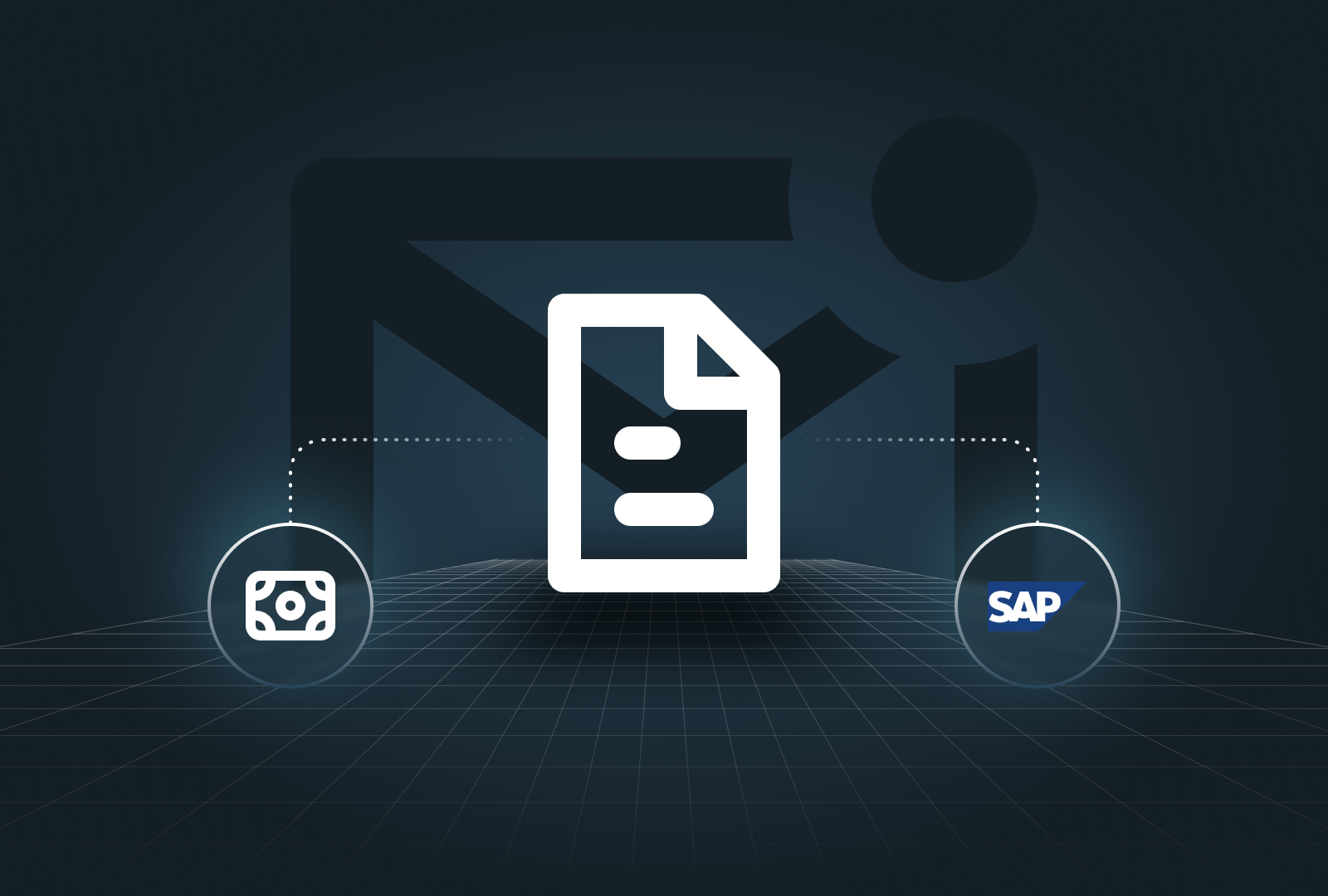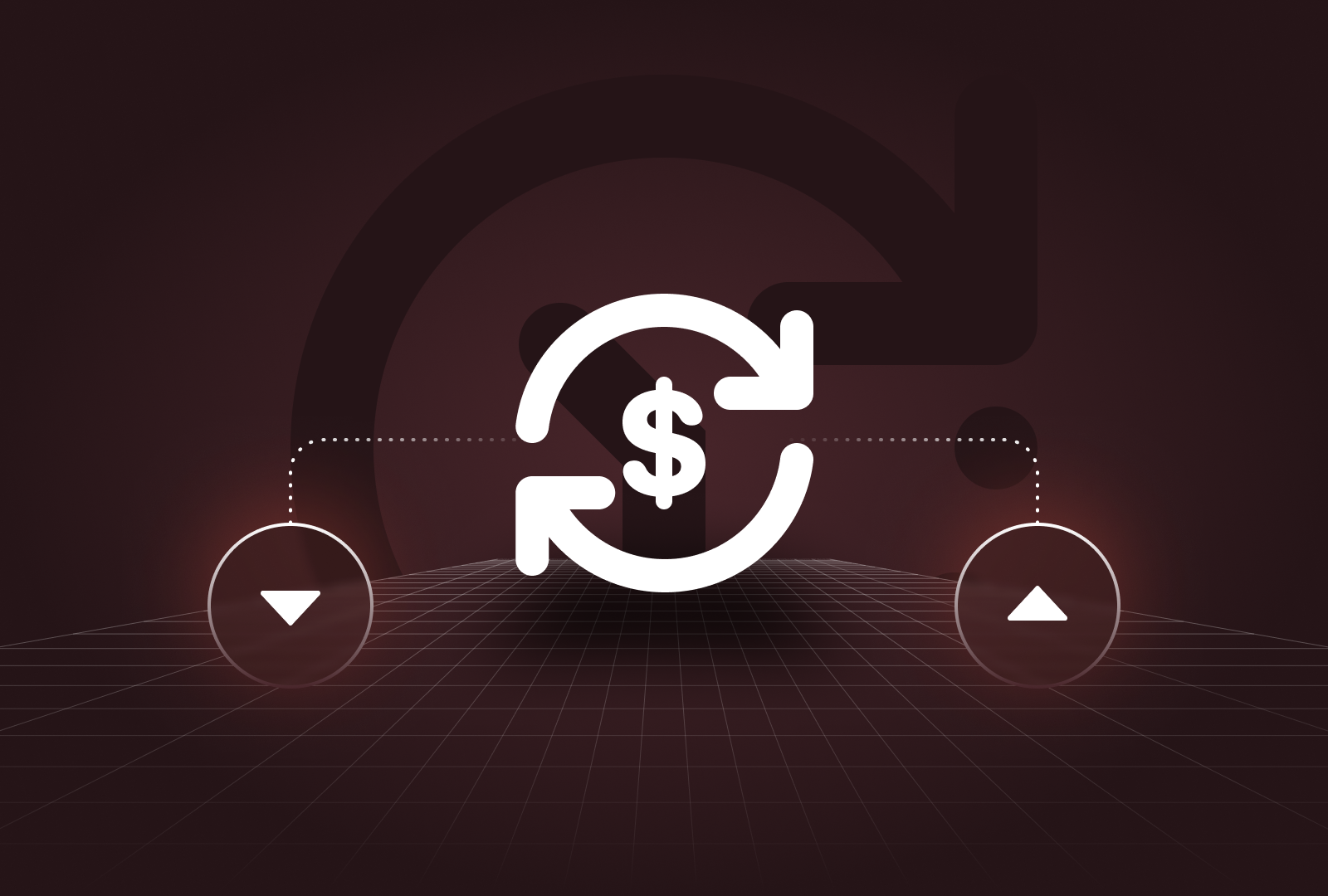In the world of finance, it's imperative for every business to understand the difference between cash flow and profits. According to a U.S. Bank study, 82% of small businesses fail due to poor cash flow management. Despite this, many business owners often confuse cash flow with profits, even though these are two distinct aspects of a company's financial health. A survey conducted by Intuit revealed that 60% of small business owners do not feel comfortable managing their company's finances. Knowing how to manage both effectively can determine the success you need to remain financially stable and avoid liquidity crises.
What is cash flow?
Cash flow refers to the money moving in and out of a business over a specific period. It shows how much cash is available to cover expenses, investments, and other financial obligations.
Definition and importance of cash flow
Cash flow is the lifeblood of any business. Without enough cash inflows, a company can face challenges meeting its short-term financial needs, even if it is profitable. It refers to the real-time availability of money in the business.
Types of cash flow: operating, investing, and financing
There are three main types of cash flow:
- Operating cash flow: the cash generated from the regular activities of the business.
- Investing cash flow: the money spent or earned from investments such as equipment or properties.
- Financing cash flow: the flow of cash related to loans, dividends, or other financing activities.
Understanding the cash flow statement
The cash flow statement is a key financial document that tracks the cash inflows and outflows over time. It’s essential for monitoring good financial liquidity, ensuring that a business has enough cash to maintain operations and grow.
What is profit?
Profit is the amount of revenue left after deducting expenses. It’s an indicator of a company's ability to generate net income and sustain long-term growth.
Definition and types of profit: gross, operating, and net
There are different types of profit:
- Gross profit: made after subtracting the cost of goods sold from revenue.
- Operating profit: earned from core business activities, excluding interest and taxes.
- Net profit: the remaining income after all expenses, taxes, and interest are deducted.
The profit and loss statement explained
The profit and loss statement (P&L) is another major financial document. It shows the net income over a specific period, providing insight into whether the business is making or losing money.
How profit reflects business health
A company's profitability reflects its ability to manage costs and generate income. High net profit indicates financial stability and allows for expansion, investments, and shareholder dividends.
Cash flow vs profit: key differences
Though both cash flow and profit are essential, they represent different things.
How cash flow and profit measure different aspects of financial health
Cash flow gives an immediate view of how much cash is available at a given time, while profit reflects the overall financial outcome after covering all expenses.
Examples illustrating the differences between cash flow and profit
The relationship between cash flow and profit can be complex. Let’s look at two concrete examples to better understand these dynamics.
1. High profit but negative cash flow
Imagine a manufacturing company that secures a large contract to supply equipment worth $1 million. The sale is recorded immediately, boosting the company’s gross profit. However, the payment terms agreed upon allow the customer to pay within 90 days. Meanwhile, the company has to cover its operating expenses, pay suppliers, and meet payroll before receiving the payment. This results in a negative cash flow, even though the profit looks impressive on paper.
This scenario highlights that profit doesn't always translate to immediate liquidity. Without effective cash flow management, the business may struggle to meet its short-term obligations despite being profitable on paper.
2. Positive cash flow but unprofitable
Let's take the case of a technology startup that has raised $500,000 in venture capital, giving it a positive cash flow. The influx of capital allows the startup to cover its operating expenses like rent, salaries, and product development costs. However, the startup is not yet generating sufficient revenue to cover these expenses, resulting in net losses month after month.
In this case, the business has good cash flows thanks to external funding, but it is still operating at a loss. This situation is common for early-stage startups, where heavy investments are made upfront with the expectation of future profitability.
The importance of both metrics in financial decision-making
Understanding both cash flow and profit is critical for making informed decisions. Cash flow gestion helps in the short-term, while profit analysis ensures sustainable long-term growth.
Importance of managing both cash flow and profit
Successful companies know that cash flow and earnings management are decisive in maintaining financial stability and fostering development.
How cash flow influences profit and loss
Positive cash flow enables a company to meet its financial obligations, while negative cash flow can lead to difficulties even if the profit loss statement shows a net profit. Monitoring cash flows ensures liquidity and operational efficiency.
Strategies for improving cash flow
To improve business cash flow, companies can:
- Accelerate payments from clients.
- Negotiate better terms with suppliers.
- Monitor operating cash flow through tools like QuickBooks Online.
Techniques for boosting profitability
Boosting profitability requires reducing unnecessary operating expenses, increasing sales, and improving pricing strategies. Utilizing a profit loss statement regularly helps track income and control costs.
Balancing cash flow and profit for long-term success
A healthy business cash flow coupled with consistent profitability leads to sustained growth. Balancing both ensures the business can operate smoothly while growing and investing in the future.
Managing cash flow and profit across different business Stages
Every business faces unique challenges with cash flow and profitability depending on its stage of increase. Understanding how to manage both is necessary for long-term financial health.
Startups: focus on cash flow stability
For startups, cash flow stability is critical. With limited revenue and high operating expenses, maintaining liquidity can be a challenge. Startups should focus on managing their burn rate—the speed at which they spend their cash reserves. Securing funding through venture capital, loans, or other means can provide the necessary runway for development. Strategies like cutting unnecessary expenses and ensuring timely payments from customers are vital for keeping cash flow positive during the initial stages.
Growth-stage companies: balancing expansion with profitability
As a company grows, managing cash flow becomes more complex. The need to fund expansion—whether through hiring, scaling operations, or developing new products—requires balancing cash flow with increasing profit margins. These companies need to keep a close eye on their operating cash flows to ensure that they can sustain their ambitions without compromising their long-term profitability. Leveraging cash flow forecasting tools and tightening operating expenses can help maintain stability during periods of rapid expansion.
Mature businesses: optimizing profit while preserving cash reserves
Mature corporations often focus on maximizing net profit while preserving sufficient cash reserves to weather economic downturns and reinvest in the company. With established revenue streams, these businesses must strategically manage cash flow to fund future investments, pay dividends, and maintain operational efficiency. The focus should be on optimizing profit margins while ensuring liquidity for long-term stability.
Tools and technology to manage cash flow and profit
Managing both cash flow and profit can be complex, but using the right technology simplifies the process.
Financial management software: automating cash flow tracking
Software like QuickBooks allows businesses to automate cash flow gestion, track operating cash flow, and get real-time insights into cash inflows and outflows.
Cash flow forecasting tools
Tools like Float and Pulse help forecast cash flow, enabling organizations to prepare for short-term and long-term needs.
Profitability analysis software
Platforms like ProfitWell allow companies to track profitability and analyze financial performance, ensuring they can adjust strategies to boost net income.
Integrating cloud accounting for real-time insights
Cloud accounting tools like Xero or QuickBooks provide real-time financial data, helping businesses stay updated on both cash flow and profitability for better decision-making.
To maintain your company's financial health, it's evident to understand the essential differences between cash flow and profits. By using the right strategies and leveraging technology, you can balance these two parameters to achieve long-term success.
If you are ready to take control of your profitability, explore how Payflows services can help you implement the right tools and strategies for optimal financial performance!
Sources:
- Cash Flow Statement vs Profit & Loss
- Cash Flow vs Profit
- Cash Flow vs Profit | Digital Ocean
- Profit and Loss vs Cash Flow





.png)





.png)



